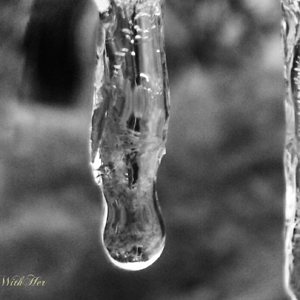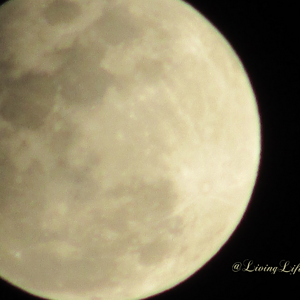- Joined
- Oct 18, 2011
- Messages
- 6,070
- Reaction score
- 2,420
- Location
- Glasgow, Scotland
- Website
- www.petecrawford.co.uk
- Can others edit my Photos
- Photos OK to edit
But the film used for the image is not a photograph either.
Look at the following definition of Photography (pulled off the net via Google) 'Photography is the science, art, application and practice of creating durable images by recording light or other electromagnetic radiation, either electronically by means of an image sensor, or chemically by means of a light-sensitive material such as photographic film.'
Other definitions would be broadly similar, but may be more restrictive.
The film here does not show a recorded image of light it's fully darkened, leaving no image from the exposure.
The definition quoted does not mention a camera, and so can easily be stretched to cover images like photograms or sun prints, which are IMO photographs. In this case the image was not recorded electromagnetic radiation, just material subsequently applied to the film.
While things often have grey areas there are also core parts that are required. Drawing on a car does stop it being a car, but here there was no image before the drawing so it wasn't a photograph before or after the drawing.
I didn't say the film was a photograph, in my opinion but I'd stretch the definition to anything made on film and then developed a photograph. If a shot made with the lens cap on and then is developed, most people would still consider that as a photograph. Therefore actually using light to produce an image is not a pre-requisite. The film is a just that, until a print is made.



 I'll have anther look tomorrow
I'll have anther look tomorrow![[No title]](/data/xfmg/thumbnail/32/32707-3c49d54a87afb53e65c60391858400be.jpg?1619735611)



![[No title]](/data/xfmg/thumbnail/32/32709-80f0f0432fd5ec548a3efdb60ef77d46.jpg?1619735613)
![[No title]](/data/xfmg/thumbnail/38/38738-7933157d1b8968c986eeeab2d1828524.jpg?1619738703)


![[No title]](/data/xfmg/thumbnail/42/42059-61b97bbebb00e6276672551f4e3b3e43.jpg?1619739995)


